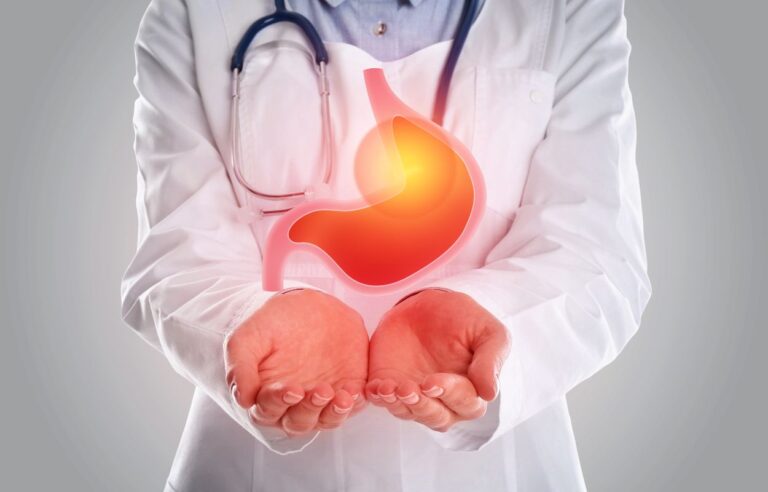Introduction
Gastrointestinal stromal tumors (GIST) represent a rare but significant type of cancer that affects the digestive system. Originating from specialized cells known as interstitial cells of Cajal (ICCs), which regulate gastrointestinal movement, these tumors can emerge anywhere within the digestive tract but most commonly occur in the stomach and small intestine. GISTs require specialized attention due to their distinct biology and varied clinical behavior.
Historical Overview of GIST
GISTs were first recognized as distinct tumors in the late 20th century. Historically, these tumors were classified incorrectly as other types of gastrointestinal cancers due to their similar appearance under the microscope. In 1998, a groundbreaking discovery linked the KIT gene mutations to GIST, revolutionizing diagnosis and targeted treatment. Since then, understanding and treating GIST has significantly improved, offering patients new hope.
Global Statistics and Prevalence
Globally, GIST is a rare tumor, accounting for less than 1% of all gastrointestinal cancers. Each year, approximately 10 to 15 cases per million people are diagnosed worldwide. GIST predominantly affects adults aged 50–70 and is equally prevalent among males and females. Early diagnosis significantly enhances survival rates, emphasizing the importance of awareness and prompt medical intervention.
Causes and Risk Factors
The precise cause of GIST remains unknown. However, specific genetic mutations play a crucial role, primarily involving the KIT and PDGFRA genes, responsible for cell growth and division. These mutations lead to uncontrolled cellular proliferation. Factors potentially increasing the risk include:
- Genetic predispositions (e.g., Neurofibromatosis type 1)
- Age (commonly diagnosed after age 50)
- Family history of GIST (very rare)
Environmental and lifestyle factors are not significantly linked to GIST development.
Symptoms of Gastrointestinal Stromal Tumors
Symptoms of GIST can vary depending on tumor size, location, and severity. Common signs include:
- Abdominal pain or discomfort
- Feeling of fullness or bloating
- Gastrointestinal bleeding, potentially leading to anemia
- Fatigue or weakness
- Unexplained weight loss
- Nausea or vomiting
- Difficulty swallowing (if located in the esophagus)
It’s crucial to consult a healthcare provider if these symptoms persist or worsen.
Diagnosis of GIST
Early and accurate diagnosis is vital for effective treatment. Diagnosing GIST typically involves:
- Medical History and Physical Examination: Initial assessment of symptoms and family medical history.
- Imaging Tests: CT scans, MRI, and endoscopy provide detailed views of the tumor’s size, location, and spread.
- Biopsy: Endoscopic ultrasound-guided biopsy or surgical biopsy confirms the diagnosis through tissue analysis.
- Genetic Testing: Analyzing mutations in KIT or PDGFRA genes helps determine the best-targeted treatments.
Treatment Options for GIST
Treatment strategies depend on tumor characteristics, such as size, location, spread, and genetic mutation status. Key treatments include:
- Surgery: The primary treatment method, surgery aims to completely remove localized tumors. Minimally invasive surgery options are frequently possible.
- Targeted Therapy: Imatinib (Gleevec), a revolutionary targeted therapy drug, specifically blocks KIT and PDGFRA mutations, effectively halting tumor growth.
- Radiotherapy: Rarely used, but beneficial in specific cases, particularly for pain control or tumors not amenable to surgery.
- Clinical Trials: Participation in clinical trials may offer access to innovative therapies, especially for advanced or resistant GIST.
Prognosis and Outlook
The prognosis for patients with GIST has dramatically improved with targeted therapies. When detected and treated early, 5-year survival rates often exceed 80%. However, prognosis varies significantly based on tumor size, mitotic rate (cell division rate), and metastatic status. Continuous monitoring and follow-up are crucial for long-term outcomes and preventing recurrence.
Prevention and Lifestyle Recommendations
Because GISTs primarily result from genetic mutations, specific preventive measures remain limited. Nevertheless, general health maintenance practices can support early detection:
- Regular medical check-ups and screenings, particularly for those at higher risk
- Promptly addressing persistent gastrointestinal symptoms
- Maintaining a balanced diet rich in fiber, fruits, and vegetables
- Healthy lifestyle habits to support overall digestive health
Important Considerations
Awareness is key to recognizing early signs of GIST. Due to its rarity, specialized medical expertise is essential for accurate diagnosis and treatment planning. Choosing healthcare providers with extensive experience managing GIST ensures the highest standards of care and best possible outcomes.


